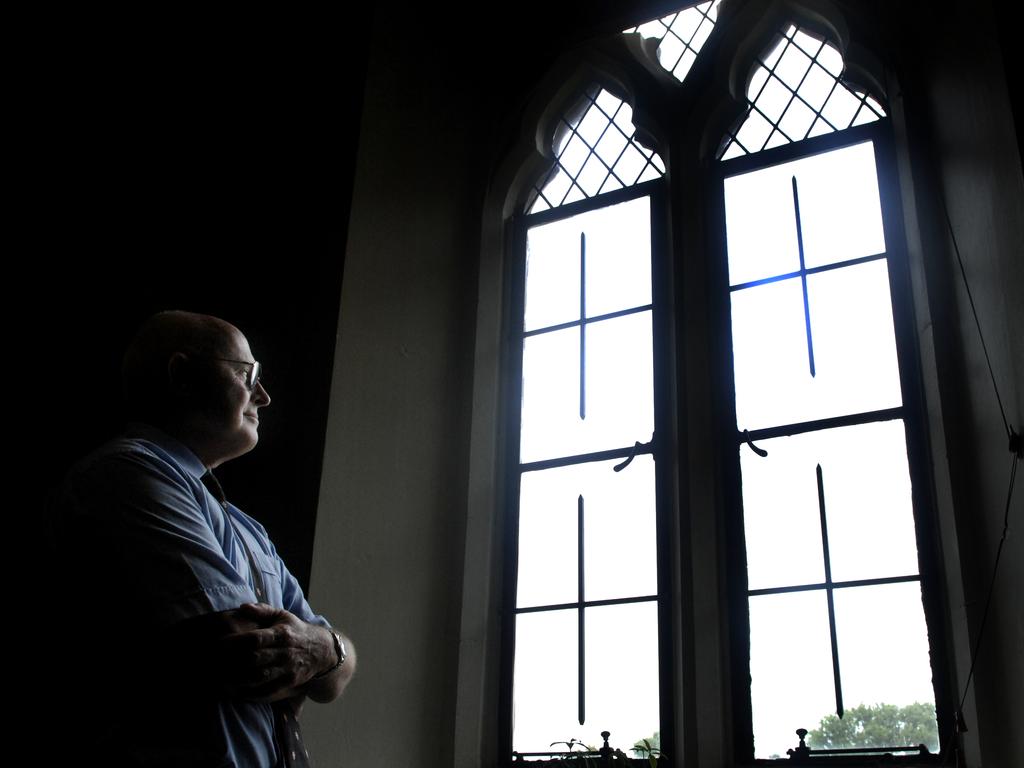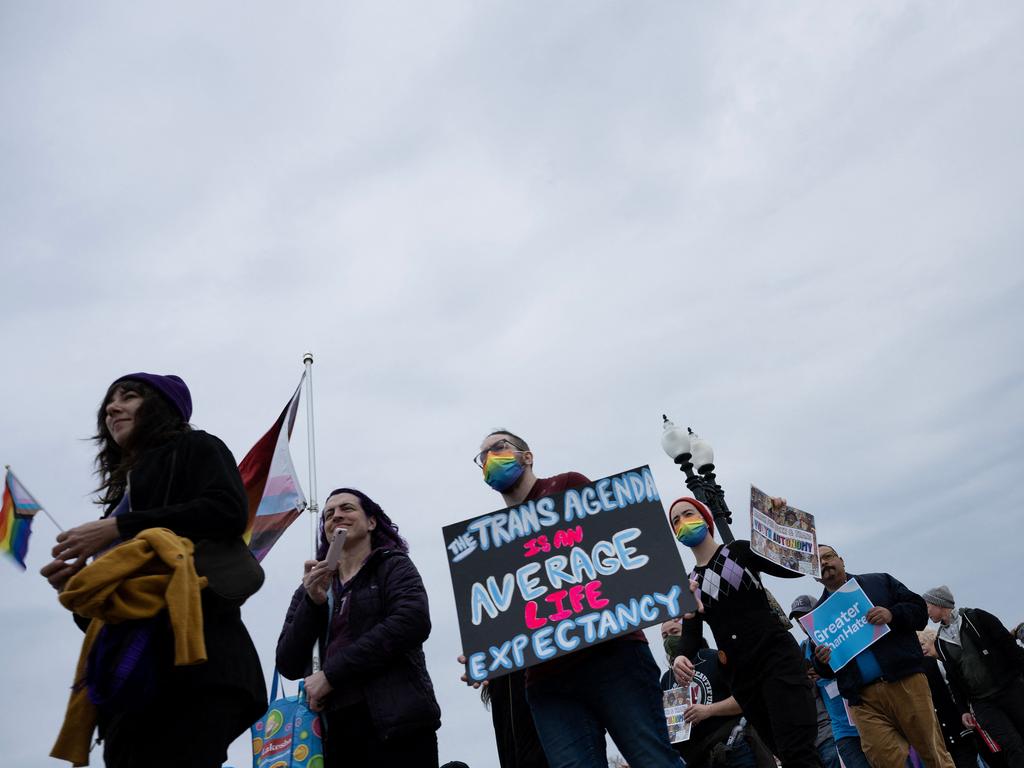How Nike is putting money first and women last with trans ad

I do very much blame Nike though, shudder at the advertisement and spit on the company’s hypocritical claim that it will “authentically connect with audiences across various demographics”.
Translation: make gender-theorists happy and sell to a generation that rejects what it believes to be the social fascism of their elders (hang on, that’ll be the same elders who battled for gay marriage and supported the rights of women like Jan Morris and April Ashley, but are now damned for saying biology is real and women sometimes need privacy).
Nike is earning boycotts over this silly ad, where a still-male torso gambols not very athletically in a sports bra. It is disastrously timed just as World Athletics finally protects women’s sport against competitors strengthened by male puberty.

The Olympic silver medallist Sharron Davies calls it a kick in the teeth, says it ignores female reality and is “a parody of what women are”. The trans Caitlyn Jenner (once a male Olympian) pleads: “We can be inclusive, but not at the expense of the mass majority of people, and have some decency while being inclusive. This is an outrage.”
Why does this stuff matter? Because its aspirational androgyny reinforces something older than trans-wars: above our prissy disputatious swamp rises an ancient crocodile-head of fear and disgust at ripe female physicality. It lives in ancient obscene idols, in some religions harping on the Virgin Mary’s spotlessness and others demanding hair be hidden. It’s in the Freudian myth of the hostile “vagina dentata” threatening to devour the male, and in centuries of women’s bodies veiled, distorted and rearranged with whalebone to be less troublesome.
You can find it in the way insults veer from simple criticism of behaviour to physical horror, in the Book of Leviticus condemning our monthly “uncleanness” and the medieval fascination with witches’ breasts. You hear it in King Lear’s dementia: “But to the girdle do the gods inherit - beneath is all the fiend’s; there’s hell, there’s darkness, there’s the sulphurous pit, burning, scalding, stench, consumption! Fie, fie, fie! Pah, pah!”
Roll the years on and you find that dread lurking genteelly in Edwardiana like John Buchan where the ideal woman is always “slim as a boy”, or the conflicted-libertine oddity of Graham Greene, as Pinkie shrinks from Rose and the gay predators; in his May We Borrow Your Husband?, shudder to think of a handsome passing honeymooner condemned to his bride’s yucky softness. I even encountered it once in a tipsy bishop affirming that women priests were impossible, because it would be “unspeakably sacrilegious” for one to say Mass while pregnant or on a period. Ugh, women! Mischievously, Fay Weldon got revenge by ramping it up in her witchy rural Mab who hid “murk and mystery” below her thick skirt.
The weird immature revulsion, the curse of Eve supercharged by adolescent Oedipalism, still hangs about. It sends an echo to girls themselves in normal puberty. One day you’re a straight-up-and-down child like your brother - maybe even taller - then gradually you change. Nature ensures that even slim women carry a greater proportion of fat: 18 to 20 per cent as against 10 to 15 per cent in men. Not just breasts, but a softened outline over muscles, newly rounded surfaces and folds young men don’t have. It’s alluring in healthy sexual attraction, and physiologically useful to secrete hormones and build reserves for child-bearing. But when the fashion is for hard boyish slenderness, even normal development can be perceived as shameful fat: sweaty and unclean, repellent even in normal healthy shapes.

Most young women get over it and rejoice in their grown-up lusciousness. A few girls dive defensively into aggressive “body positivity”, even when it really does become dangerous obesity. But some internalise the ancient revulsion and try to duck out: an acknowledged trigger for anorexia is escape from the burden of womanhood. Shrink that unwanted flesh, stop that monthly bleeding. When you add socially idealised images in which a young woman is either top-heavily buxom like Jessica Rabbit or unnaturally skinny, confusion grows.
Some will see young Dylan’s flat torso beneath its unnecessary bra and hate their own less tameable bodies. Others, enjoying pretty androgyny (another ancient fascination), will join the many schoolgirls who now declare themselves to be boys, thus spared the problem of messy womanhood.
They will be met with flailing, kindly willingness by teachers and parents, and some will be channelled towards irreversible medical intervention. Yet, given time and confidence and new horizons, all but a tiny minority could decide not to bother but just get on with being a female human - gay or straight - with a life to build.
I hope most will just shrug at the ad: girls are not fools. But shame on Nike if even a few, appalled by their body’s unnerving new need for a real bra, get conned into starving self-hatred by Mulvaney’s Tinkerbell faux-girlishness. Shame on this tittering commercial contribution to a dangerous old misogyny: that the male body is not only stronger but the aspirational norm, cleaner and sharper and holier. Even looking cooler in a sports bra than any real girl. Creepy.
The Times







Nobody needs to buy Nike or heed its advertising. Nor do I grudge a gig to Dylan Mulvaney, a male-born TikToker identifying as a girl after “facial feminisation surgery”. Let’s not condemn a struggling young worker just for being filmed prancing around bare-tummied in leggings and a woman’s sports bra, delivering flirty moues to the camera. It’s a job. Good luck, Dylan: be who you want.